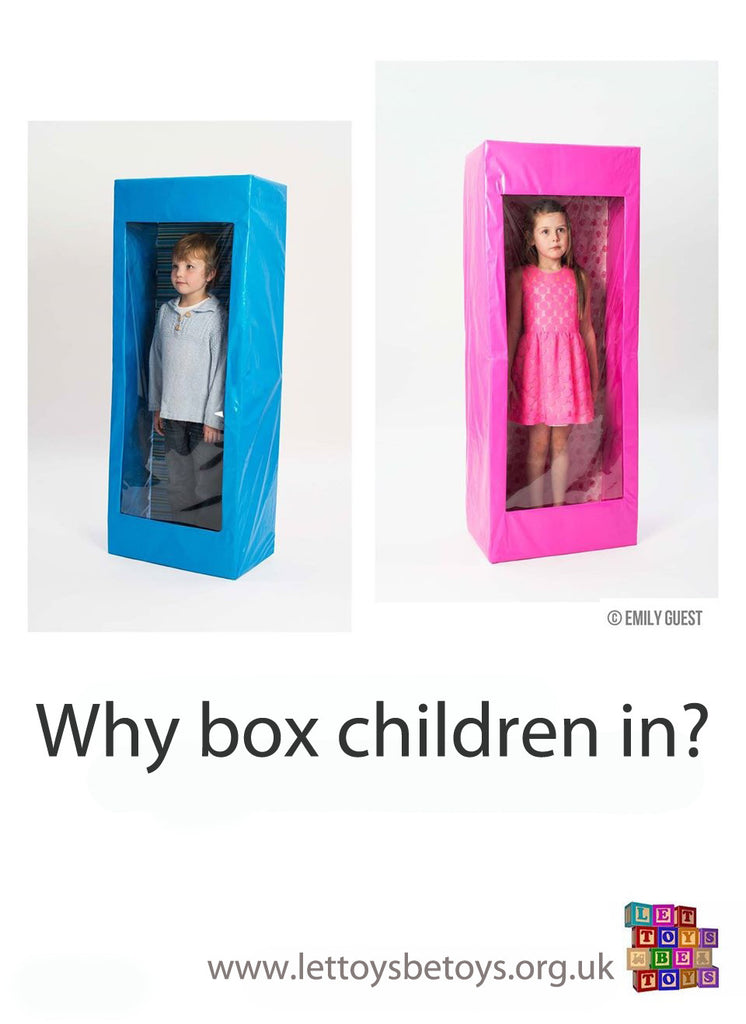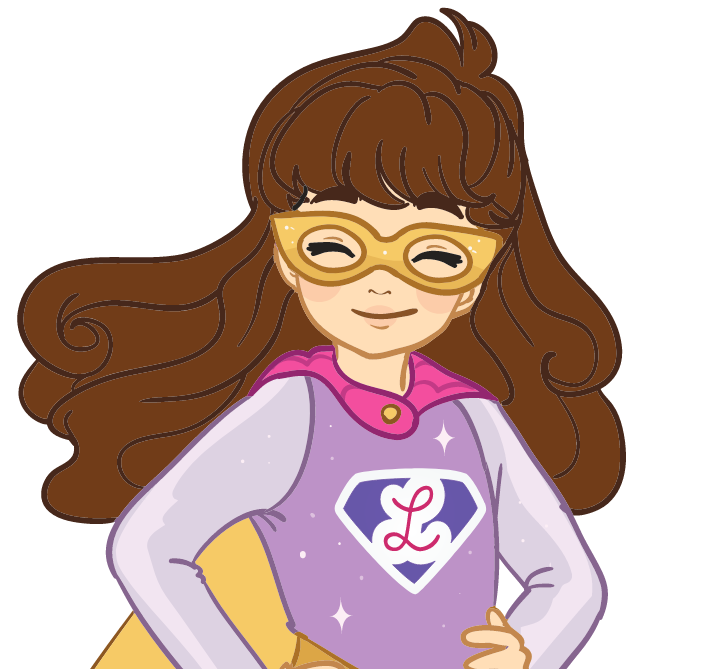The Let Toys Be Toys campaign came together online, and grew quickly, tapping into a growing sense of frustration among many parents and educators at the casual sexism of labelling toys as ‘for girls’ or ‘for boys’. Gender stereotyping starts young. So if you want to challenge it, where better to start than toys?

Image credit: Let Toys Be Toys
Toys – What’s The Big Deal?
If you think toys are trivial, ask a child. These labels, and the assumptions they reveal, are important. Children understand the gender rule: ‘this is for boys and that is for girls,’ in the same way as other sorts of social rules. These rigid boundaries turn children away from their true preferences and mean children may miss out on the chance to develop important skills.
Unfortunately the rise and rise of gendered marketing – appealing to one segment at the expense of alienating another – has meant that this idea starts to seem normal.
What We’re Asking For
The Let Toys Be Toys campaign wants the toy industry to stop limiting children by promoting some toys only for girls, and others only for boys. Toys are for fun, for learning, for feeding the imagination and encouraging creativity. Children should feel free to play with the toys that most interest them without feeling that they’re making the ‘wrong’ choice.
The answer is simple – we’re asking retailers, manufacturers and publishers to market toys and books by genre rather than by gender, and let children decide for themselves what they enjoy.

It was so fantastic to see Fossil Hunter Lottie nominated in the Action Figure category for the Toy of the Year awards (TOTY), recognising that the distinction between dolls and action figures is pretty meaningless!
Campaign impact
The campaign initially targeted retailers with a petition, letter-writing and social media campaign. While the occasional sign still pops up, and some stores still organise by thinly veiled gender categories, fourteen retailers have changed their marketing practices or committed to doing so, including Boots and Debenhams.
Our request to publishers to #LetBooksBeBooks met with a warm welcome from authors and the press, and so far ten publishers have committed to no longer labelling books 'for boys' or 'for girls'.
We’ve seen widespread, even global, media coverage of the campaign, but what’s most important to us is to change things for children. To do this, we need to get parents, educators and all the other adults around them to start thinking about this issue too. The Let Toys Be Toys resources for schools page provides ideas and lesson plans for teachers, and support for parents who want to engage with their child's school about gender stereotypes.
Change in the toy industry
When we started the campaign in 2012, half the stores we visited used 'Boys' and 'Girls' signs. but our 2016 survey found almost none. 'Boy' and 'Girl' navigation in online stores dropped by 71% over the same period, and we believe this trend is continuing. The UK TOTY awards dropped 'Boy' and 'Girl' categories in 2013, and the US equivalent followed suit this year, following a determined campaign by Dad campaigner Dan Nessel.
Many retailers seem to be responding to the shift in consumer attitudes, with signs coming down, and a bit more experimentation in how toys and children are represented at play.

Image Credit: Instagram @Lottie_Lennon
Lottie and Finn are great examples of products which are challenging the established categories, recognising that children and their parents are looking for a more interesting and authentic range of play themes than endless fashion and glamour, or explosions and speed. Children deserve the chance to find their own strengths, passions and interests. That’s why it’s so important to let toys be toys – for girls and boys.
Thanks to Jess Day from the Let Toys be Toys Campaign for writing this. You can find out more about their ongoing work at http://lettoysbetoys.org.uk/, or on Twitter @LetToysBeToys.
![]() Fast Shipping*
Fast Shipping*![]() Subscribe to our Newsletter
Subscribe to our Newsletter![]() 🌟 A Walk in the Park Lottie Doll 🌟
🌟 A Walk in the Park Lottie Doll 🌟














